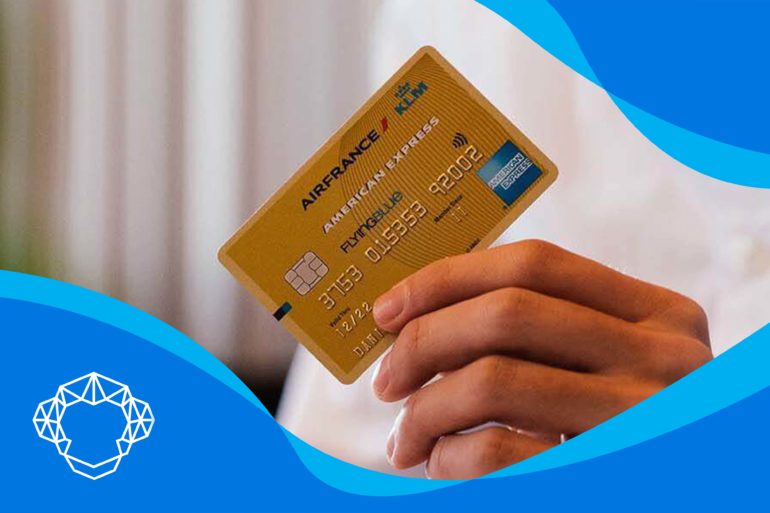OptBlue program can be a good way for smaller enterprises to reduce the costs of processing American Express credit cards. It’s a pricing model for the Amex merchant account that can provide potential benefits to small businesses that take in less than $1 million in volume. If your business accepts Amex cards, or you plan to start doing so, you should understand how this program can be helpful to you, and how it can even hurt your bottom line if you choose the wrong processor.
Meet OptBlue – How Can It Help Your Business?
More merchants and retailers than ever are accepting Amex because of OptBlue. So, what is it? Simply put, it’s a program that lets you accept Amex cards through the processor you already use for accepting other cards. It’s a third party that acts as a mediator between the business and Amex with only one contract to sign, one deposit, and one statement. This will also be one servicing contract for both Amex and all other major credit card brands you support like Mastercard and Visa. You can use all of these benefits only if your business is eligible for applying this pricing model.
What Makes You Eligible for Accepting American Express Through Optblue?
If you own a small business in the US that has an estimated Amex charge volume of less than $1 million per year, and you’re not planning on expanding your business, you can use this program and enjoy the reduced costs and transparency.
Keep in mind that there are some restrictions to certain types of industry and franchise. If you accept more than $1 million in AMX payments, you need to go directly to them and sign a merchant processing agreement.

Why Do Some Business Owners Choose Not to Accept a Credit Card From Amex?
Owners of small businesses that decide to accept credit cards usually go with a merchant account that processes Mastercard, Visa and Discover all together. You will notice that there’s no American Express on this list. That is because AMX asks for a separate way of processing. Some merchants with a small volume of cashless transactions or a small average ticket believe that AMX is always more expensive and that other card brands come with better rates and, therefore, lower overall costs of accepting plastic.
Being a Merchant Is All About Making Customers Happy and Implementing as Many Payment Solutions as Possible
The abovementioned is precisely why AMX introduced OptBlue – to make all of this a lot simpler than it was just a few years ago. AMX was once considered an elite brand that only the wealthy retail shoppers could afford, but now the game has changed. With this pricing model introduced in 2015 to replace the previous One Point program, people can shop at more stores, and merchants can cater to a wider net of potential customers.
In an internet survey conducted by American Express, “61% of consumers surveyed report they’re more likely to make a purchase from a small business when they see on the storefront that their payment method is accepted.”

What Are the Rates and Fees of Accepting Amex Credit Cards With This Payment Processing Option
Your processor will set your rate for accepting AMX by adding its own markup to the interchange and assessment fees, just like it does with Visa and Mastercard. This Amex’s merchant account pricing model works in a specific way – there are base rates (similar to Visa and MC’s interchange) that are the same for every processor, and the markup which varies depending on the processor. This is something you’ve probably learned if you know how credit card processing works.
Base rates are determined by the AMX, and they have two components: the credit card transaction fees of $0.10 and the percentage (or the volume rate) which depends on the size and the nature of the transaction. There are minor differences between the industries – e.g., you will pay less for healthcare than for travel and entertainment.
There Are Other Additional Costs Imposed by Amex
Instead of incorporating these fees into their base rates, Amex opted to add 0.15% of network fees on every transaction – it is called assessment or sponsorship fee. There is also an International Cross Border Fee of 0.40% for every transaction that involves entities across borders.
When it comes to card-not-present transactions such as keyed-in or e-commerce ones, AMX imposes a 0.30% surcharge on all card-not-present volume. This CNP surcharge is in addition to the assessment of 0.15%, which increases the total fee on card-not-present volume to 0.45%.

Should You Sign up for Optblue Pricing?
This is not a hard one. American Express has increased its acceptance and it’s making a difference in the world of retailers. The business owner that opts for their latest program will attract more customers once they know that you support more payment options and that you can accept the cards of many brands. At the same time, you won’t have to deal with another payment processor or higher costs associated with the company’s previous program, the One Point. If you are accepting Amex, and you process less than a million in AMX payments, then we highly recommend this program.
However, when it comes to saving money, what matters more than whether you will sign up for OptBlue or not is the pricing model you agreed upon with your processor. Some models bundle all the costs of credit card processing together, paving the way for the processor to increase the markup and thus raise the cost of accepting any card, Amex included.

Choosing the Right Merchant Accounts Will Affect Your Business
As we’ve said, the only component that varies when using OptBlue is the processor markup. That is why every locally owned business needs to find services that offer the lowest and the most transparent markup over base cost. If you’re unfamiliar with all of this, be sure that you know what your options are.
When you’re setting up a merchant account, make sure that you’ve found the best credit card processing for a small business and that you know at any given moment what you are paying for. You can always get free consultations with a reputable provider of merchant services and figure out your costs.







